I recently saw something that reminded me of the long-term effects of a disaster.
People are still rebuilding after Paradise, California burned down two years ago. They’re also still rebuilding parts of Houston, after Hurricane Harvey flooded the southeast part of the city three years ago. More surprising than that, New Orleans is still trying to recover, 15 years after Hurricane Katrina breached the levees and flooded the city.
When we think of rebuilding, we normally limit out thinking to the physical side of rebuilding, such as rebuilding our homes and businesses. But rebuilding a home may not rebuild a life. Our lives consist of much more than a place to live and rebuilding a place to lay our heads. Home is about family and that emotional connection, and restoring that can be much harder than putting up walls and a roof.
In truth, rebuilding is about rebuilding your life, not just your home. Yes, rebuilding your home is part of that; but it is by no means all of it. Life is so much more, including relationships, experiences, memories, special momentos, and the things we enjoy doing. Some of that might be lost forever, while other parts need years before they become part of our lives once again.
I’ve long said that surviving the aftermath of a disaster was much harder than surviving the disaster itself. But this is taking it to a whole other level. We’ve seen cases where it has taken months to restore services and the supply chain after a disaster, but we don’t normally look at what it takes to restore someone’s life.
It All Starts with the Big Decision
The very first decision that anyone has to make, after their home has been destroyed, is whether they’re going to go back and rebuilt or try to build a new life elsewhere. For many, especially those who have lost the most, there is little reason to return to what had been their home. Not only will there be too many bad memories to bear; but there may not be much opportunity to return to.
If we look at the statistics on how Katrina affected New Orleans, the city’s population dropped from 484,675 (April 2000) to 230,172 (July 2006). That’s a little over half the city’s total population. While it has slowly crept back up, as of 2015 it was only 80% of what it had been in 2000.
To many people, the pain of returning back to what may not have been a great life and the cost of rebuilding is just too much. A major disaster can be seen as an opportunity, especially after one has already relocated because of the disaster. If everything is destroyed back home, why go back to see what you can salvage?
One middle-class resident of New Orleans reported picking through the remains of his home after the hurricane and flood, trying to find what he could salvage. When he was done, his belongings could fit in a handbag. That’s not a whole lot to go back for. Yet surprisingly, he did and he has rebuilt his life.
Rebuilding Starts with the Home
The first thing that most people have to think about is salvaging what they can. This is the most emotionally difficult part of the process. To go through the wreckage of your home, seeing everything you owned turned to junk would tear anyone up. Yet it has to be done. The few items that are able to be salvaged become an important touchstone with pre-disaster days, even if they are damaged.
Clearing the site can be an expensive proposition in and of itself, and it is one that insurance doesn’t cover. Actually, homeowner’s insurance is never enough to pay for the damage that happens when a home is destroyed. It might be best thought of as seed money, nothing more.
Speaking of Insurance
The average homeowner’s insurance policy is intended to pay off the mortgage, if the home is destroyed. This isn’t good for the homeowner. If money is still owed on the mortgage, that comes first, with the homeowner only getting what’s left after that. Considering that it takes 18.5 years to get to the point where monthly principle payments exceed monthly interest payments on a 30-year fixed mortgage, the mortgage company is going to get most of that.
But even if the mortgage is fully paid, the homeowners insurance isn’t going to be enough to replace the home. Let’s say a couple bought a house back in 1980 for $47,200. By now, they would have long had that home paid off. If it was destroyed, the insurance would pay them the original policy amount, $47,200. But it would cost 234.52% more to build that house today, than it did back in 1980. So the money they would receive, wouldn’t even cover half of the $110 plus it would take to rebuild that home.
No matter how you look at it, rebuilding is an expensive proposition and insurance will only go so far towards making it possible. Even aid from FEMA won’t make up the difference. After Katrina, the average payout to victims was $7,114, with a maximum possibility of $30,000 per household.
Homeowner’s insurance usually doesn’t do all that good for personal possessions either. The typical homeowner’s policy includes coverage of contents up to 50% of the home’s insured value. So, that same family would receive $23,600 to replace all their furniture and possessions. Does anyone think they could do that for that amount of money?
You can increase the value of the personal property part of your homeowner’s insurance, if you’re willing to pay extra. I have a rider on my policy to cover the value of the tools in my workshop, which is considerably. The additional cost isn’t that much, and if anything happens, I have that extra amount to work with.
The good news here is this is much better than what people faced 100 years ago. Back then, having your home destroyed in a natural disaster was truly devastating, without any insurance or government aid to help. About the only aid anyone would receive would be from their friends, neighbors and church groups. But of course, if everyone was in the same boat, there wouldn’t be any aid to pass around.
Do it Yourself?
There are really two options that anyone in this position can take. The first is to give up on the old home and start over, building or buying somewhere else. That’s going to require a building loan or mortgage, depending on whether you’re buying or building. If you get a building loan, you usually have a year to build, before it has to be rolled over into a mortgage loan.
A lot of money can be saved by doing as much of the work as you can yourself. In the case of flooding, such as happened with Hurricanes Katrina and Harvey, most of the damage was water damage to wallboard, carpeting, insulation and trim; all things that are possible to do yourself. If you’re a handyman or willing to learn how to be one, about the only one of those things you might find that you can’t do yourself, is installing the carpet.
Granted, doing it yourself will require a lot of time, but roughly 39% of the cost to build a home is labor cost. Saving that much just might get the overall cost down to the point where the insurance payout is enough to cover the costs of restoring the home.
Of course, that’s assuming there’s enough of a home to work with. The example I just used is flooding, which is not anything like having a home burn down. About the only thing the people of Paradise, California had to work with was the foundation and rough plumbing, once they cleared off the ashes from their homes.
One thing to consider, if you are dealing with a disaster which has destroyed many homes, is renting a truck and going to another city to buy the bulk of your materials. While the local lumberyards and home improvement centers may be trucking in extra material to meet the need, they might also be jacking up prices. Before buying anything, check the price and determine what is going to be cheaper for you.
Rebuilding Your Life
Rebuilding your home is only one part of rebuilding your life after a disaster. While the home is important, so are these other areas. You can’t really consider your life back together, until everything is taken care of.
Your Job
Probably of equal importance with your home is your job. Whatever disaster might have struck could do a whole lot more damage to your community than it did to your home. Is your job even going to exist? Is the company going to open the doors again? Or are you, like many others, going to be out of work, while you’re trying to rebuild your life.
This is a major factor in why some people choose to relocate, rather than rebuilding their homes. It really doesn’t make a whole lot of sense to spend all the time and money rebuilding, if you aren’t going to be able to afford living there.
Of course, the disaster will provide opportunity for some people, such as those in the building trades. It may even provide opportunity to those who weren’t in such jobs, but who have the skills necessary to switch over and work in those areas. While that might only be temporary work (two years or so), it could tide people over until their normal job is restored.
A post-disaster world can be an excellent time and place to start a business. There will be plenty of need for lots of different services, providing opportunity for those who have the imagination necessary to start those businesses.
But what about Your Memories?
The hard part of rebuilding anyone’s life is replacing the things that mean so much to us, the things with special memories attached to them. Those items can rarely be replaced and are unlikely to survive the disaster. The few things that the man I mentioned earlier managed to save from their home in New Orleans probably meant a lot to them; simply because it was all they had left from their life before.
It’s hard to say what any of us might have left, after suffering such a disaster. But whatever items we would have would mean a lot to us, especially if they had sentimental value before the disaster. But is there anything we can do, to make sure we’ll have those memories afterwards?
One important thing to do is to upload family photos to the cloud. Photographs have become one of the prime ways that people keep their family’s memories alive. But if those photos aren’t in digital form and the only copy you have is the hard copy, they are unlikely to survive.
While you’re scanning your photos, make sure that you take photos of important items, like family heirlooms. While the photo isn’t as good as having the item itself, at least it makes it easier to remember what it looked like. If those photos are all you have remaining for something that’s been in your family for years, the photos will become valuable to you.
Don’t just stop at photos though; make sure that you scan all your important documents. While you probably shouldn’t upload those to the cloud, it would be a good idea to have scanned copies on a couple of thumb drives; one stored off-site somewhere safe and another that you can take with you if you are forced to bug out from your home.
Off-Site Storage
Speaking of storing a copy of your important documents off-site, that isn’t the only thing you should be storing someplace else. It’s important to have a cache of supplies off-site, far enough away that it hopefully will survive whatever disaster destroys your home. That cache may be the only thing that keeps your family alive, if your home is destroyed.
That cache sight might be useful for other things as well; valuables and collectibles that you decide not to keep in your home. But if you are going to store things off-site like that, make sure that you have adequate insurance to cover their value. Your homeowner’s insurance probably won’t.





























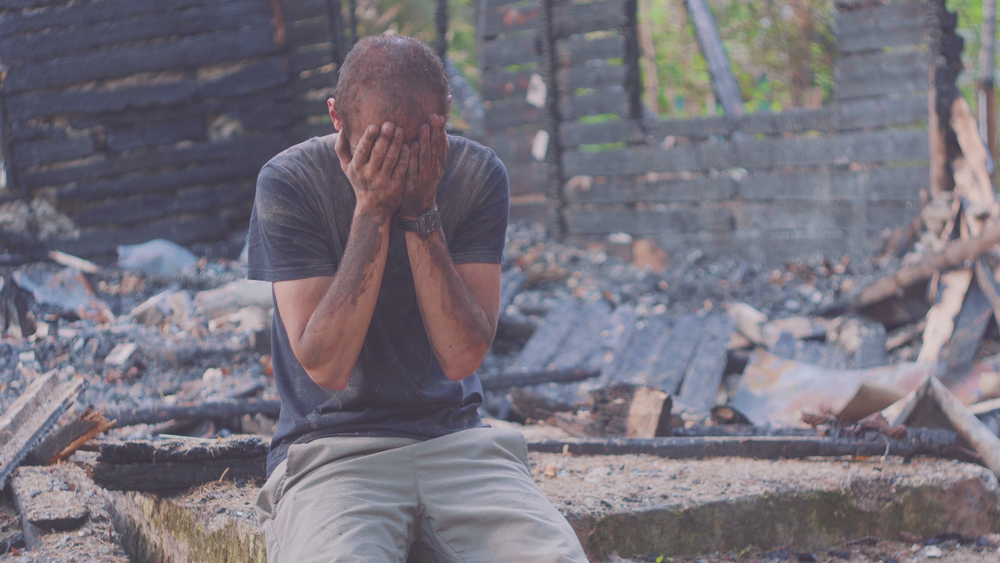

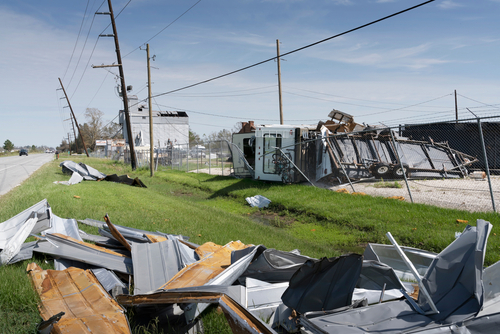
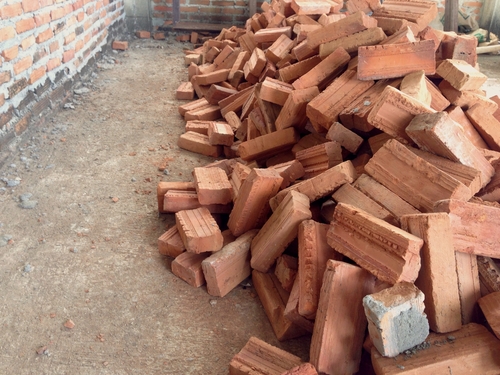

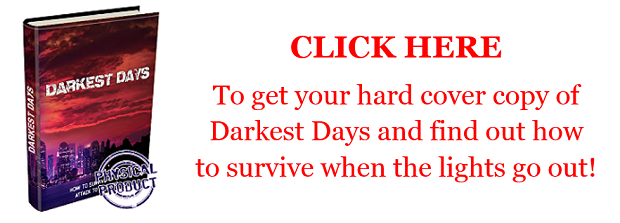
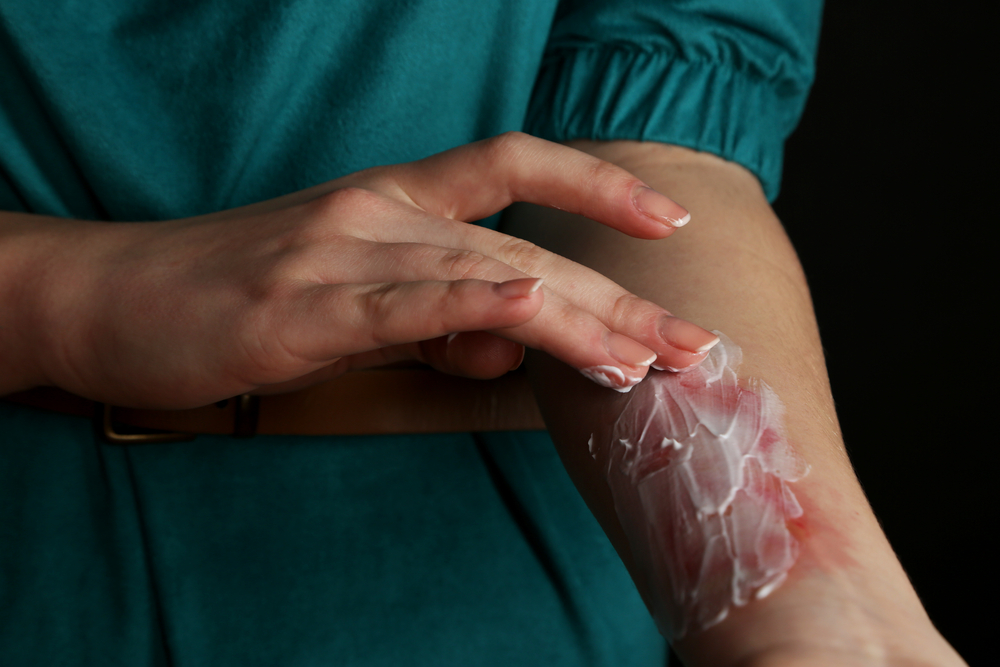























































Great article. Hope I never need to put it into practice! You mention taking images of important documents and storing them in digital form. It is a good idea to photograph everything you can in your home, including things like appliances, electronics, furniture, etc. Also, your tools and other equipment in your garage or workshop. In other words, anything that is valuable and will cost a lot to replace. In the event of a disaster, you can show the images to your insurance adjuster to prove what items you owned so that you can claim them for replacement. Most people don’t hold onto receipts when they buy something, but if you take a shot of the receipt and store it on a thumb drive, you can prove how much you paid to the insurance company. All of that will make it a lot easier to file your claim and it should get you the maximum amount of money. Just make sure to keep the thumb drive in a safe place so that it won’t be destroyed, too!
You insure a home to its best estimated REPLACEMENT COST and most homeowner policies are written on HO3 (SPECIAL) form which pays REPLCEMENT COST in the case of partial damage up to the limit amount which should be determined carefully TO DETIRMINE REPLAEMENT COST OF THE WHOLE HOUSE. . I have never written a BASIC or BROAD form policy in 23 years. HO 1 & 2 COVER A STATED LIST OF PERILS WITH THE OPTION OF REPLACEMENT COST ADJUSTMENT IF YOU PAY EXTRA FOR IT. If it ain’t on the list ain’t insured against. SPECIAL FORM, HO3 insures against anything God or the devil can dream up except perils which are excluded, a BIG DIFFERENCE. You have the option of covering personal possessions at any amount above the 50% which is a minimum. On HO3 temporary living expenses are also included.